USS Pueblo (AGER-2) prior to becoming a spy ship
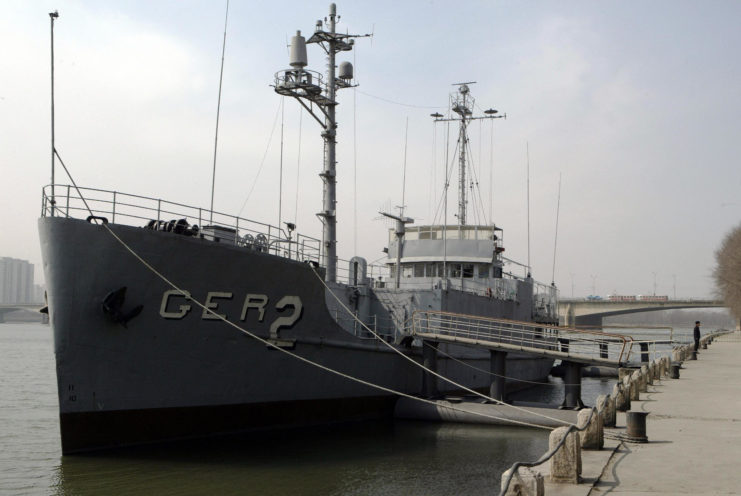
The Banner-class cargo ship FP-344/FS-344 was first commissioned by the US Army in 1944 and began service with the US Coast Guard in April 1945. During this period, the ship was tasked with training civilians for Army duty, a responsibility she upheld until her decommissioning in 1954.
More than a decade later, the vessel underwent extensive modifications and was renamed USS Pueblo (AKL-44). She was transformed into a light cargo carrier, with additional changes allowing her to function as an environmental research platform under the designation AGER-2.
In this new capacity, Pueblo’s mission expanded to include intelligence gathering for the Office of Naval Intelligence (ONI) and the National Security Agency (NSA).
USS Pueblo (AGER-2) is deployed to North Korea
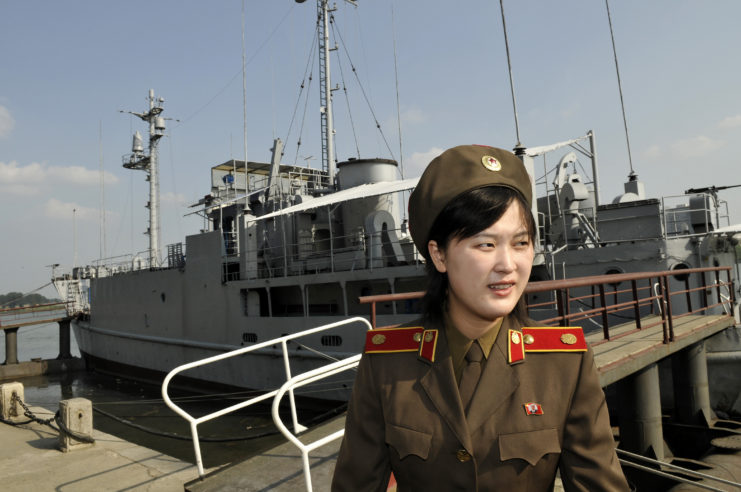
By 1967, the USS Pueblo had completed shakedown training and was prepared for her inaugural espionage mission. Departing on January 5, 1968, the ship’s mission was to collect intelligence on both North Korea and the Soviet Navy. Eleven days later, Pueblo reached the 42nd parallel, ready to patrol along the North Korean coast while maintaining a distance of at least 13 nautical miles from the shoreline.
On January 23, 1968, North Korea launched an attack on the Pueblo. Detected by a submarine chaser, the spy ship received an ultimatum to stand down or face fire. Attempting to turn away, Pueblo, being significantly slower than the North Korean vessel, couldn’t evade the threat.
Swiftly, the enemy submarine chaser was joined by four torpedo boats, an additional chaser and two Mikoyan-Gurevich MiG-21s. Armed with only a few handguns and a pair of M2 Brownings, Pueblo and her crew were ill-prepared for the assault. Nonetheless, they resisted allowing the North Koreans to board.
North Korea captures the USS Pueblo (AGER-2)
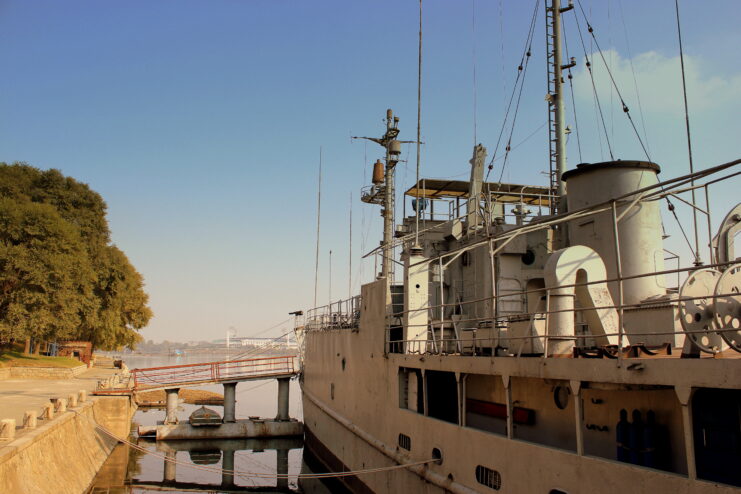
Upon reaching the port city of Wonsan, the crew of the USS Pueblo made every effort to destroy as much sensitive material as possible. However, their attempts to dispose of top-secret documents required the ship slow down, leaving them vulnerable to attack.
The North Koreans responded with a 57 mm cannon and machine gun fire, damaging the vessel and killing one of the 83 crew members, Duane Hodges. Additionally, two others, including US Marine Corps Sgt. Bob Chicca, were wounded by enemy fire. Eventually, the North Koreans boarded the ship. The crew was blindfolded and their hands bound.
Upon reaching shore, they suffered physical abuse.
American sailors were held captive for months
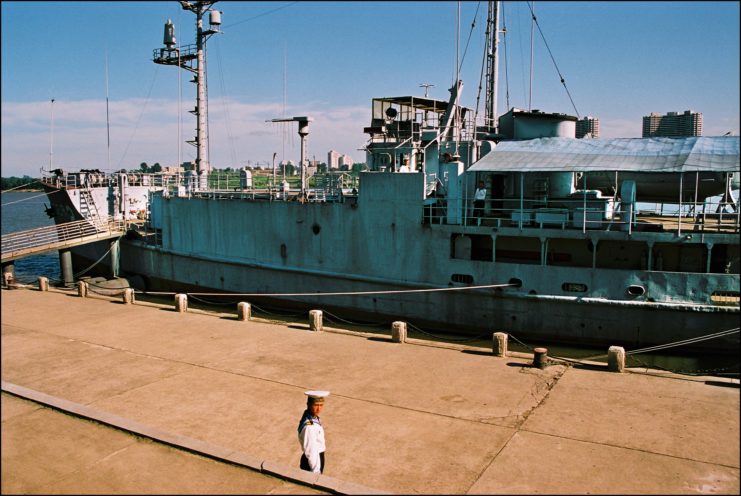
Signing the three A’s document
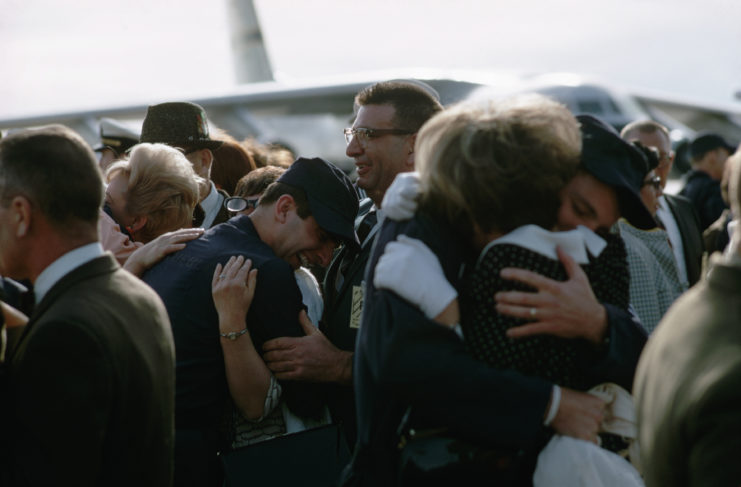
At the time of the USS Pueblo’s capture, the United States was deeply involved in the Vietnam War. Concerned that tensions with North Korea could escalate, American officials pursued a diplomatic approach to address the crisis. After nearly a year, both nations reached an agreement that allowed for the safe return of the Pueblo’s crew.
On December 23, 1968, US Army Maj. Gilbert Woodward signed a document known as the “three A’s agreement,” drafted by North Korean authorities. This agreement required the United States to acknowledge wrongdoing, apologize, and pledge to prevent similar incidents in the future.
Following this, the crew members were released and returned to the United States, while the Pueblo remained in North Korean possession. Initially displayed in Wonsan and Hŭngnam, the vessel was eventually moved to the Victorious Fatherland Liberation War Museum in Pyongyang.
USS Pueblo (AGER-2) is still held captive
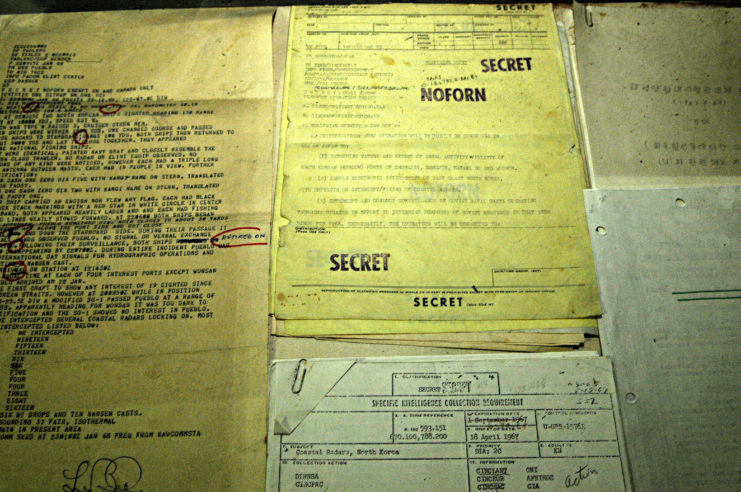
Upon capture by North Korea, the USS Pueblo was found to contain 10 encryption machines and thousands of highly classified documents, all of which were seized by the North Korean government. As such the incident stands as one of the most significant intelligence losses in modern history.
Although held in captivity, the US Navy maintains technical ownership of the spy ship, making her one of the service’s longest-serving vessels, as she remains officially active. Converted into a tourist attraction, the vessel undergoes routine maintenance, including a recent paint job commemorating the anniversary of the Korean War.
Are you a fan of all things ships and submarines? If so, subscribe to our Daily Warships newsletter!
Following former President Donald Trump’s designation of North Korea as a state sponsor of terrorism in 2017, survivors and families of deceased sailors from Pueblo seized the opportunity to sue the country under the Foreign Immunities Act. In 2021, they were granted $2.3 billion in compensation. However, the method or likelihood of receiving this compensation remains uncertain.
